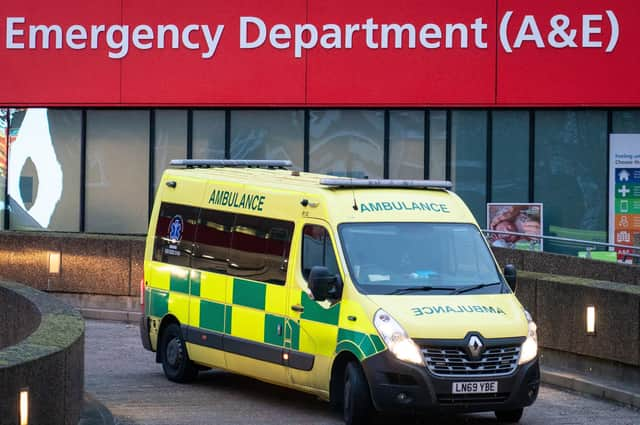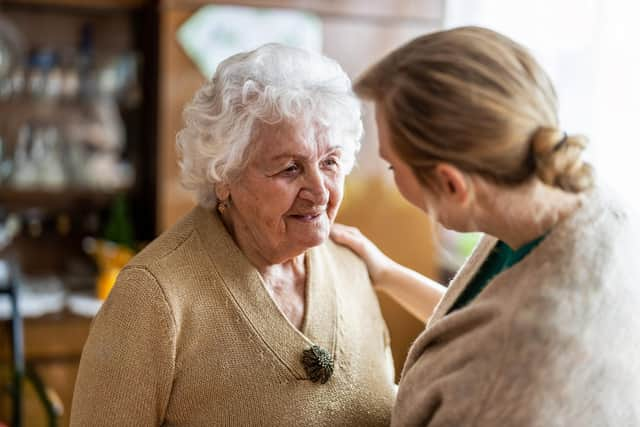County’s SOS call over joined-up care and £30m council tax ‘black hole’ – The Yorkshire Post says


Why North Yorkshire social care needs your support as carers campaign is launched – Michael Harrison
This is not a badly-run local authority. Its responsible management under Carl Les, a veteran Tory councillor, and chief executive Richard Flinton, is one reason why North Yorkshire will be taking over the remits of seven district councils next year.
Advertisement
Hide AdAdvertisement
Hide Ad

Yet the biggest burden on the council’s finances is social care – a point made very powerfully, and persuasively, by Michael Harrison, chair of the North Yorkshire Health and Wellbeing Board, in today’s edition as a dynamic new campaign is launched as part of a bid to recruit a new generation of carers to the sector.
He is pointed: “I urge the Government to provide more detail on its plans for achieving a fair price for care – and specifically the resource implications for local authorities - to ensure stability and investment in the care market. Put bluntly, we need a higher share of the Health and Social Care Levy, and not in three years’ time.”
And the issue extends beyond community care – the absence of sufficient provision is putting extra pressure on hospitals and, in turn, ambulance crews who are finding it increasingly difficult to drop off seriously ill patients because of the shortage of beds. The result is a self-perpetuating crisis that will only get worse until Ministers realise that a co-ordinated care policy is required in place of sticking plaster solutions.
Advertisement
Hide AdAdvertisement
Hide AdSupport The Yorkshire Post and become a subscriber today. Your subscription will help us to continue to bring quality news to the people of Yorkshire. In return, you’ll see fewer ads on site, get free access to our app, receive exclusive members-only offers and access to all premium content and columns. Click here to subscribe.
Comment Guidelines
National World encourages reader discussion on our stories. User feedback, insights and back-and-forth exchanges add a rich layer of context to reporting. Please review our Community Guidelines before commenting.